You've been waiting for it -- today we've got a real doozy for you.
Infinis Ultra Preworkout – The Ultimate Kitchen Sink Formula
Newcomer Infinis is debuting their pre-workout supplement and it has, well, everything.
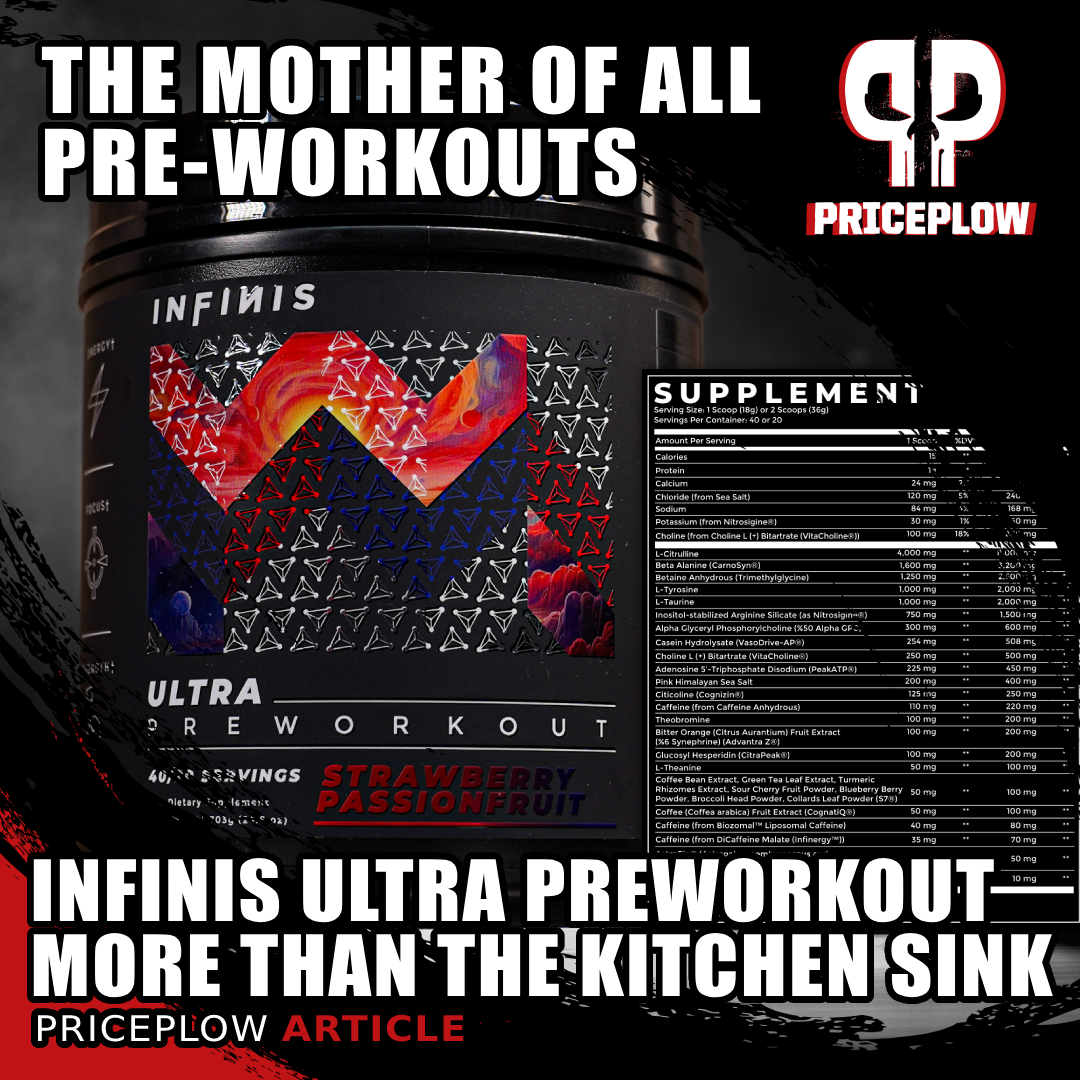
Meet the mother of all pre-workouts: Infinis Ultra Preworkout -- with 13 science-backed, trademarked ingredients!
It's been a long time since we saw anything this loaded with patented and trademarked designer ingredients. An 8-gram dose of citrulline and a clinical dose of Nitrosigine is, in itself, a pretty awesome core pre-workout stack. But Infinis didn't stop there. Not by a longshot.
We have big doses of familiar friends like tyrosine and taurine, as well as clinical doses of cutting-edge ingredients like VasoDrive-AP and Peak ATP. On the stimulant side, there's 370 total milligrams of caffeine from three sources.
The Infinite Potential Pre-Workout Supplement
It's called the Infinis Ultra Pre-Workout, it's made in a top-tier manufacturing facility, and it's exactly how you want to chase a big month - with everything you've got. Launching alongside the just-as-stacked Infinis Ultra Greens supplement, and it's clear to see that this is a brand that's playing for keeps.
Let's just jump right into this – but first, check PricePlow for the prices and definitely sign up for our Infinis news alerts -- this isn't the only stacked formula they've developed:
Infinis Ultra Pre-Workout – Deals and Price Drop Alerts
Get Price Alerts
No spam, no scams.
Disclosure: PricePlow relies on pricing from stores with which we have a business relationship. We work hard to keep pricing current, but you may find a better offer.
Posts are sponsored in part by the retailers and/or brands listed on this page.
This area is reserved for Team PricePlow's upcoming videos.
Subscribe to our channel and sign up for notifications so you catch it when it goes live!
Infinis Ultra Pre-Workout Ingredients
In a single 2-scoop (36 grams) serving of Infinis Ultra Preworkout, you get the following:
-
L-Citrulline – 8,000 mg
Citrulline is a precursor to arginine, which is a precursor to nitric oxide (NO). So, by increasing serum arginine via citrulline supplementation, you can ultimately increase your body's production of NO.[1]
You might think that arginine supplementation would be more efficient since it's the most direct NO precursor, but the oral bioavailability of arginine is too low for that to be a viable strategy. Citrulline's bioavailability is so much higher than arginine that it's actually better at increasing NO,[2-4] despite being an indirect precursor. This is because arginine is typically broken down in the stomach by an enzyme called arginase. There is no equivalent for citrulline — meaning it can transmit the stomach intact and then be absorbed through the intestines into your bloodstream.[4]
Elevated NO levels means vasodilation, a phenomenon where blood vessels dilate. That allows better circulation at a lower heart rate and blood pressure. During vasodilation, nutrients are delivered more efficiently to, and metabolic wastes removed more efficiently from, your body's cells. This often leads to improvements in athletic performance and recovery.
The Arginine Citrulline Cycle with a breakout showing the arginine-to-nitric oxide reaction. Image courtesy Wikimedia with added biochemistry sources.[5,6]
By triggering NO-mediated vasodilation, citrulline can improve:
- Oxygen uptake and muscular power[7]
- Athletic endurance[8]
- Post-workout muscle soreness[8]
- Growth hormone (GH) production in response to exercise[9]
- Protein sparing from exercise-induced catabolism[10]
- Muscle protein synthesis[11,12]
Citrulline can also increase ornithine, an amino acid involved in removing ammonia from blood and tissues.[13,14] Ammonia buildup can cause both mental and physical fatigue, so this is probably at least part of citrulline's endurance-boosting effect.
One study found that citrulline can increase the body's ratio of DHEA to cortisol.[14] DHEA is a youthfulness-promoting steroid hormone and cortisol is a stress hormone, so this is definitely a good thing, in general.
Big dose!
The typical citrulline dose is only 3 to 6 grams per serving. So, a savvy consumer might ask whether 8 grams really delivers a better effect. The answer is basically, yes. As the latest research indicates, the maximal effective dose of citrulline – the point at which additional citrulline yields little or no additional benefit – can be as high as 10 grams.[15]
And hilariously, this isn't the only pump ingredient... not even close!
-
Beta-Alanine (Carnosyn) – 3,200 mg
Beta-alanine is an ergogenic aid that can help increase the body's training capacity. Along with the amino acid L-histidine, it's a precursor to carnosine, a dipeptide molecule your muscles use to get rid of lactic acid. The reason this can help performance is that lactic acid buildup causes your muscles to fatigue.[16] So, reducing that buildup by upregulating carnosine effectively increases athletic endurance.
The 2012 meta analysis showed who beta alanine may work best for,[17] but future data expanded our knowledge.
Since carnosine exhibits low oral bioavailability, beta-alanine supplementation is a much more efficient strategy than taking carnosine itself. We don't generally need to worry about histidine, because it naturally occurs at high concentrations in common foods – beta-alanine availability is almost always your body's limiting factor in carnosine synthesis.[18,19]
Two meta-analyses, examining a combined total of more than 40 peer-reviewed papers, concluded that beta-alanine is most effective at improving endurance at exercise intensity levels that can be sustained from 30 seconds to 10 minutes.[17,20]
Prepare for the tingles, but don't fear them!
Most consumers report a tingling feeling in their face and/or upper body after taking beta-alanine. If this happens to you, fear not – a recent safety review concluded that it's harmless.[21]
As will become a common occurrence with Infinis, this is the clinically-validated dosage. They've also spent a bit more to opt for the trusted and trademarked form, Carnosyn.
-
Betaine Anhydrous (Trimethylglycine) – 2,500 mg
Betaine, sometimes referred to as trimethylglycine (TMG), is a potent ergogenic aid.
A landmark 2013 study showed that 2.5 grams of betaine every day can have profound effects on body mass and strength[22,23]
By acting as a methyl donor to cellular-metabolic processes,[24] betaine can increase your cells' capacity for adenosine triphosphate (ATP) synthesis.[25] This matters a great deal since ATP is the form of energy that cells use to perform all metabolic tasks – including exercise.
In fact, compared to other nutritional supplements, betaine is one of the most powerful methyl donors that science has identified so far.[26]
Betaine can also activate key metabolism-related hormones like AMP-activated protein kinase (AMPK), which governs the metabolic activity of cells. AMPK is a "need energy now" hormone, and upregulating it typically leads to an increase in the rate of cellular metabolism.[27]
Finally, betaine is an osmolyte. By manipulating the osmotic pressure around your body's cells, betaine can force a higher-than-usual amount of water into those cells, resulting in a state of cellular hyperhydration. This renders cells more resilient to heat stress, as well as improving their access to key performance-related nutrients.[22,24,28-33]
The betaine muscle growth study
We'd be remiss if we didn't comment on the landmark study published in 2013 showing that a 2.5 gram daily dose of betaine combined with an intense training program led to an average 5.3 pound gain in lean mass next to 6.4 pounds of fat lost, blowing placebo out of the water![22,23] Even arm size significantly increased!
That same research team kept going, showing that giving 2.5 grams of betaine to women each day led to more significant fat loss than placebo.[34]
With these two studies, it's no surprise seeing this dose of this ingredient in so many pre-workouts, and Infinis doesn't miss, either.
-
L-Tyrosine – 2,000 mg
Tyrosine has earned its place as a pre-workout staple ingredient for two good reasons:
- As a precursor to the thyroid hormones triiodothyronine (T3) and thyroxine (T4), supplemental tyrosine can help the thyroid work properly.[35,36] This is especially important for gym-goers, since strenuous exercise can downregulate thyroid function. And if you're a dieter, the situation is probably worse – caloric deficits have the same potentially debilitating effect on the thyroid.[37]
- Tyrosine is also an important ingredient in the synthesis of catecholamine neurotransmitters like dopamine, adrenaline, and noradrenaline.[38-40] Since these neurotransmitters are involved in focus and motivation, tyrosine can potentially help improve both. Additionally, adrenaline and noradrenaline can help burn fat.[41]
Tyrosine really shines when you're short on sleep
As most of us know from painful experience, sleep deprivation can temporarily cause serious mental and emotional impairment. But don't worry – according to research carried out by the U.S. military, tyrosine is even better than caffeine at restoring normal cognition during sleep deprivation.[42,43]
We're big fans of hitting the 2+ dose range, which is what Infinis has in store for you if you can handle the 370 milligram total caffeine yield in two scoops. We'll get to that part soon.
-
L-Taurine – 2,000 mg
Taurine is another potent osmolyte[44] and ergogenic aid. Taurine supplementation is associated with increased aerobic and anaerobic endurance.[45,46]
According to a comprehensive meta-analysis in 2018, just one 1,000-milligram dose of taurine can significantly improve athletic endurance.[47] While that's the usual dose in pre-workout formulas, the endurance-boosting effects of taurine seem to be dose-dependent up to doses as high as 6 grams per day,[48] so we're glad to see Infinis opting for twice the normal amount.
Taurine is also a powerful antioxidant,[49,50] and can help facilitate calcium signaling in muscle cells.[51] Both of these properties may be part of its ergogenic effect.
We also like seeing taurine used alongside caffeine, since taurine's inhibitory, GABA-like properties[52-56] make it a great complement to caffeine, which is excitatory and upregulates GABA's antagonist glutamate.[57] Taurine's ability to mitigate caffeine's downsides, while promoting relaxation, focus, learning, and memory,[58-60] is why you often see it in popular energy drink formulas.
-
Inositol-stabilized Arginine Silicate (as Nitrosigine) – 1,500 mg
Nitrosigine is a premium nitric oxide (NO) booster from Nutrition21. This patented ingredient consists of an arginine molecule bound to inositol and silicate molecules.[61] In research literature, it's sometimes referred to as inositol-stabilized arginine silicate, or ASI for short.
Designed to solve arginine's oral bioavailability issues
Not only does Nitrosigine immediately boost N.O. levels, it keeps them elevated for a period of up to 2 weeks!
As we alluded to in the citrulline section, the oral bioavailability of L-arginine is too low for arginine supplementation to be a viable NO-boosting strategy. This is what's known as the arginine paradox,[62] a phenomenon where arginine doses big enough to effectively boost NO aren't practical because the sheer volume of material causes unwanted gastrointestinal symptoms.[63,64]
Arginine's low systemic bioavailability can be explained by the fact that it has a higher affinity for arginase than it does for endothelial nitric oxide synthase (eNOS), the enzyme that synthesizes NO from arginine.[65] When arginase breaks down arginine, it prevents the arginine from being used by eNOS, and hence from having any impact on NO production. This premature enzymatic degradation of arginine is called the first pass effect.[66-69]
Fast-acting, long-lasting
An independent study at the University of Arkansas showed that 1.5g Nitrosigine performed as well as (if not better than!) 8g citrulline malate![70]
Infinis Ultra Preworkout uses the full 1,500-milligram clinically-validated dose of Nitrosigine. This dose has been shown in multiple studies to increase NO synthesis from the very first day of supplementation,[70,71] with increasing effects over time.[71] Nitrosigine measurably increases serum arginine as quickly as 30 minutes after ingestion, for up to 6 hours afterwards.[71,72]
One particularly impressive study, carried out in human subjects, found that 1.5 grams of Nitrosigine is as effective as 8 grams of citrulline malate. In this study, Nitrosigine increased flow-mediated dilation (sometimes abbreviated to FMD, a metric for arterial blood flow) by an impressive 31%.[70]
Cognitive benefits
Discussions of NO boosting tend to fixate on the molecule's benefits for physical and athletic performance, but NO-mediated vasodilation can benefit cognitive performance as well. This makes perfect sense if you think about it – your brain is no less dependent on blood supply than any other organ!
Nitrosigine-specific studies have consistently found that this 1.5-gram dose can:
Not just a pump supplement! A study published in late 2021 showed that Nutrition21's Nitrosigine improves working memory and cognitive function in healthy young adults[73]
- Prevent temporary cognitive decline that typically falls intense workouts, when taken before the workout.[74] We covered this study in our previous article "Nitrosigine Prevents Cognitive Decline After Strenuous Activity"
- Improve processing speed in young, healthy men who have not recently exercised.[75]
- Increase working memory performance.[73] If you want the full story, check out our analysis at "Study: Improved Working Memory from Nitrosigine in Healthy Young Adults".
Read our dedicated Nitrosigine post
We really just scratched the surface of what Nitrosigine can do and how it works. If you want to learn more about this amazing supplement, read our comprehensive discussion at "Nitrosigine: The Nitric Oxide Booster That Enhances Brain Function".
-
Alpha Glyceryl Phosphorylcholine (50% Alpha GPC) – 600 mg
Alpha-GPC is a form of the B vitamin choline, which is crucial for synthesizing and maintaining the phospholipid bilayer membranes that make up the outer layer of all your body's cells.[76] Choline also facilitates the intercellular signaling between those membranes.[77]
Choline is a precursor to acetylcholine (ACh), a neurotransmitter that governs cognitive processes of learning and memory.[78] Increasing acetylcholine synthesis through choline supplementation can improve mental performance in more ways than one, but especially when it comes to memory consolidation.[79,80]
Alpha-GPC is considered the nootropic form of choline, especially good at boosting ACh compared to other forms of choline because it readily crosses the blood-brain barrier.[81]
Alpha-GPC and Strength Gains: Stronger Legs in 6 days!
One cool study performed at this 600 milligram dose (in two scoops) was published in 2015, where researchers tested it against placebo on 13 college-aged males for six days (with a one-week washout and crossover). They found that the supplement led to significantly stronger peak force from baseline in an isometric mid-thigh pull exercise.[82]
This test correlates strongly with deadlift one-rep maxes![83] We expect Infinis Ultra Pre to be something you'd love to take on deadlift day (and yes, deadlifts often deserve their own day!).
-
Casein Hydrolysate (VasoDrive-AP) – 508 mg
VasoDrive-AP is a combination of two different lacto-tripeptides (LTPs): isoleucine-proline-proline (IPP) and valine-proline-proline (VPP).[84] The prefix lacto refers to the fact that these proteins naturally occur in, and are derived from, the protein fraction of milk.
These LTPs can improve cardiovascular function by two distinct mechanisms:
- Upregulating NO[84] – increasing vasodilation
- Inhibiting an enzyme called angiotensin-converting enzyme (ACE)[84] – decreasing vasoconstriction
A very thorough meta-analysis of lactotripeptides found in VasoDrive-AP (VPP / Valine-Proline-Proline and IPP / Isoleucine-Proline-Proline) shows consistently significant reduction in blood pressure, both systolic and diastolic.[84]
The second mechanism is what makes VasoDrive-AP so interesting and powerful – there are literally dozens of NO-boosting ingredients in common use today, but we generally don't see ACE inhibition outside a pharmaceutical context. In fact, ACE inhibition is the typical mechanism of action behind prescription blood pressure drugs.[85,86]
According to a meta-analysis that looked at nine different studies and 12 randomized controlled trials, every single one of those studies demonstrated that LTP consumption led to significant reductions in blood pressure. What's more, they all identified ACE inhibition as the primary mechanism behind the LTPs' ability to lower blood pressure.[87]
What's even better is that all those studies tested the same two LTPs that comprise VasoDrive-AP – IPP and VPP.[87]
One randomized, double-blind, placebo-controlled study that specifically focused on VasoDrive-AP found that a daily, 150-milligram dose (significantly less than what we have in the Infinis Ultra Preworkout) caused an impressive 7.6 mm Hg average reduction in blood pressure.[88]
-
Choline L (+) Bitartrate (VitaCholine) – 500 mg
Need even more choline?!
Improved acetylcholine utilization provides for an 'anti-blurring' effect so that new and old memories do not get confused
VitaCholine comes with all the general benefits of choline supplementation, which we discussed in the alpha-GPC section, plus a few more nuanced ones. The effects of alpha-GPC are especially good for supporting recovery from exercise, while choline bitartrate is more of a nootropic choline form.
For example, choline bitartrate seems particularly good at improving visuomotor acuity.[89] This is thanks to the fact that choline bitartrate is a very effective acetylcholine precursor.
What makes VitaCholine really special, though, is that it consists of 100% L-choline – the most bioactive choline enantiomer.
Ultimately, if you're not eating egg yolks or much meat, you may like the way the double choline effect in Infinis Ultra Pre-Workout makes you feel!
Hilariously, we're still not done with choline... saving the best one for last!
-
Adenosine 5'-Triphosphate Disodium (Peak ATP) – 450 mg
Historically, attempts to create exogenous ATP supplements were plagued by low oral bioavailability. That is, until PeakATP hit the scene.
PeakATP is a disodium ATP salt, and there's a sizable body of evidence showing that this particular form of oral ATP can have significant effects on NO levels, and hence, circulation.
For example, one study in college-aged males found that 400 milligrams of PeakATP, given daily for 3 months, significantly increased subjects' cardiovascular response to exercise. If you refer to the inset image from the study, you'll see that PeakATP supplementation increased post-exercise blood flow by a whopping 50%, compared to the placebo group.[90]
Supplementation with Peak ATP significantly increased the body's vasodilation in response to exercise. Peak ATP's post-exercise effect on flow-mediated dilation in the brachial artery.[90]
Another study in healthy young men found that 4 months of disodium ATP supplementation increased subjects' gains in strength, jump power, and muscle thickness during a structured resistance training program.[91]
And if that's not exciting enough for you, we just covered a new PeakATP study showing that this ingredient can have cognitive benefits as well. If you want to read about it, head over to our article, "Nootropic Study: PEAK ATP Improves Cognitive Performance After Intense Exercise".
Mechanism of action
The PEAK ATP Triple Mechanism of Action, and much of it revolves around the increase in blood flow it supports. Modified image courtesy of TSI Group and PricePlow
We've all heard about mitochondria being the powerhouses of our cells, and ATP providing our cells with the energy they need to do, well, everything. But how exactly does ATP trigger vasodilation?
As it turns out, when ATP is released by erythrocytes (a type of red blood cell), it binds to endothelial cells, which produce NO in response to the infusion of ATP. Endothelial ATP upregulates cyclic guanosine monophosphate (cGMP) and cyclic adenosine monophosphate (cAMP), which cause the smooth muscle lining of arteries to relax.[92]
There's more on this ingredient as well -- you can read our main Peak ATP article titled "PEAK ATP: The Ultimate Guide to Disodium ATP Supplements" and listen to Dr. Ralf Jaeger talk about it on Episode #078 of the PricePlow Podcast.
-
Pink Himalayan Sea Salt – 400 mg
Himalayan pink salt is an excellent source of electrolyte and trace minerals, with sodium being the most abundant. The 400-milligram dose used here supplies 168 milligrams of sodium per 2-scoop serving of Infinis Ultra Preworkout, which is just enough to significantly offset the amount of sodium you might lose from sweating during a moderately challenging workout.
Sodium is key for proper muscle contractions and optimal athletic performance,[93,94] and we lose a lot of it when we're working hard – roughly 0.9 grams of sodium per liter of sweat.[93] In order to get the best possible performance and recovery, it's in our interests to pre-emptively replenish the sodium we lose during a workout by loading a little extra sodium beforehand.
-
Citicoline (Cognizin) – 250 mg
Here we have yet another form of choline as Cognizin citicoline. This is probably our favorite form of choline used in the Infinis Ultra Preworkout formula — and it's because citicoline, unlike generic choline, is a direct precursor to phosphatidylcholine (PC), a phospholipid that plays indispensable roles in brain health and function.[95] Actually, citicoline is usually the limiting factor in the body's ability to synthesize PC.[96]
Citicoline's ability to increase phosphatidylcholine production was demonstrated by an MRI study that directly measured an increase in the concentration of PC metabolites.[97]
Only citicoline is able to promote both acetylcholine and the three brain cell membranes, phosphatidylcholine, phosphatidylethanolamine, and phosphatidylserine!
At 250 milligrams per day, randomized-controlled studies on Cognizin have shown that it can:
- Improve focus and attention[98-101]
- Reduce errors in tasks[98,99]
- Enhance brain and cognitive health[98,99,101-103]
- Increase acetylcholine production[100,104,105]
There's even more data at 500 milligrams (such as improved memory in older adults[106], but we have other forms of choline here, so you're likely not missing too much!
A boost of dopamine!
The main reason, however, that we love the feeling of citicoline is because it may facilitate increases in dopamine,[98,107,108] improve dopamine receptor function by increasing the number of receptors,[109] and provide neuroprotection to dopaminergic neurons[110] -- all of which can contribute to many of the above benefits.
This is another one of those ingredients that we've covered extensively in the past. If you want to read the full article, check out Cognizin Citicoline: The Brain Choline.
-
Caffeine (from Caffeine Anhydrous) – 220 mg (of 370 mg total)
Caffeine is a methylxanthine stimulant that readily crosses the blood-brain barrier. This gives caffeine an exceptional ability to influence the workings of the central nervous system, which is basically why caffeine is such an amazing mood booster, focus enhancer, and even ergogenic aid.[111]
Cognizin® Citicoline is dubbed the The Brain Choline not just because it provides choline, but because it also supplies cytidine, which is also needed for the synthesis of phosphatidylcholine
Caffeine's famed fatigue-fighting faculties are rooted in its adenosine antagonism. Adenosine, a nucleotide byproduct of ATP hydrolysis, builds up in neural tissue during waking states and causes fatigue as it accumulates[112,113] – but caffeine blocks the adenosine receptor, thus preventing adenosine from making you feel tired.
When it comes to improving athletic performance, caffeine's mechanism appears to be cranking up cells' metabolic rate by inhibiting phosphodiesterase, an enzyme that breaks down a secondary messenger called cyclic adenosine monophosphate (cAMP). Since cAMP tells your cells to produce energy, this naturally has a slight metabolism-boosting effect.[112,114,115]
Caffeine is also a potent fat burner.[116] One study showed it can increase the body's rate of fat burning by as much as 50%,[117] and a 2020 meta-analysis demonstrated that caffeine's fat-burning effects show up at doses as low as 3 milligrams per kilogram of body weight.[118]
Thanks to its beneficial impact on cellular metabolism, caffeine can improve strength speed, and endurance.[113,116,117,119]
Known since 1991, very high dose caffeine can seriously boost performance.[120] As you can see, it's quite variable amongst users - future research would show that caffeine's effects depend on your genotype.
On the cognitive side of things, caffeine can improve attention, vigilance, reaction times, and working memory.[121-123]
Note that a 2-scoop serving of Infinis Ultra Preworkout yields a total of 370 milligrams of caffeine. That's a lot, so consider testing your personal tolerance with a 1-scoop serving first. If you're not sure whether this is too aggressive for you, talk to your doctor.
And even if you have to one-scoop this, there's still plenty of pump and nootropics there!
-
Theobromine – 200 mg
Theobromine is a methylxanthine alkaloid with stimulant, vasodilatory, and bronchodilatory effects.[124] Much like citrulline, theobromine inhibits arginase,[125] so its inclusion in Infinis Ultra Preworkout should also increase the effectiveness of the NO3-T arginine nitrate.
Like its chemical cousin caffeine, theobromine inhibits phosphodiesterase and thus upregulates cAMP,[126] leading to a rise in cellular metabolism.[127,128] Caffeine does have some vasodilation effect, but theobromine is better at relaxing smooth muscle tissue, leading to a drop in blood pressure and heart rate.[129] Sometimes theobromine is even given alongside caffeine for the express purpose of canceling out caffeine's tendency to increase blood pressure.[130]
Theobromine also has a significantly longer half-life than caffeine, meaning a more gradual taper and less severe withdrawal effects.[131]
-
Bitter Orange (Citrus Aurantium) Fruit Extract (6% Synephrine) (Advantra Z) – 200 mg
Synephrine is an alkaloid that occurs naturally in an orange species known as Citrus aurantium, also known as bitter orange.
Studies show that synephrine can increase total daily energy expenditure by as much as 183 calories per day[132] and can even improve exercise performance, leading to a potentially bigger calorie burn.[133]
The ergogenic properties of synephrine can be explained by the fact that it's a beta agonist,[134] the same mechanism behind ephedrine. Synephrine is much milder than ephedrine, though – some studies show that it has no significant impact on heart rate or blood pressure.[134,135]
-
Glucosyl Hesperidin (CitraPeak) – 200 mg
Hesperidin is a flavanone glycoside, a type of flavonoid antioxidant that occurs naturally in citrus fruits. Oranges are an especially good source of hesperidin.
Hesperidin has been shown to improve circulation via – you guessed it – NO upregulation.[136,137] Its impact on blood microvessel function is so profound that it's been observed in research settings to actually improve facial color in women with certain skin conditions,[137] and also increase the surface temperature of skin.[138] Taken together, these two facts imply a very strong vasodilatory effect.
More specifically, the body metabolizes hesperidin into hesperetin, which then increases the expression of endothelial nitric oxide synthase (eNOS), the enzyme that produces NO in your arteries.[136]
CitraPeak is a trademarked preparation of hesperidin that's standardized to maximize its vasodilatory effects.[139] It consists of glucosyl-hesperidin, which animal research has found to be roughly 4-times more bioavailable than ordinary hesperidin.[140] Preliminary CitraPeak studies indicate that it can work as quickly as half an hour after ingestion.[139]
Glucosyl-hesperidin's superior bioavailability can be explained by the fact that it's about 10,000 times more soluble in water than ordinary hesperidin.[141,142]
Hesperidin isn't just an NO booster either – it can also help protect skin against UV-induced damage, reduce systemic inflammation, decrease insulin resistance, and more.[143]
-
L-Theanine – 100 mg
Theanine is an amino acid that can be found at high concentrations in Camellia sinensis infusions, also known as tea. It exhibits neurotransmitter-like behavior in the central nervous system[144] where it exerts calming, anti-anxiety, and inhibitory neuronal effects.[145-147]
Despite all this, theanine is not a sedative! When combined with caffeine, theanine can really give you the best of both worlds: increased metabolic activity and anti-fatigue effects from caffeine, but with far less of the jitteriness.
Don't miss Infinis Ultra Greens, which are just as loaded!
Theanine made big waves in the early 2010s as biohackers turned to the theanine-plus-caffeine combination as a cheap, effective, and safe nootropic stack. Research shows that this combination outperforms either ingredient alone.[148]
-
Coffee Bean Extract, Green Tea Leaf Extract, Turmeric Rhizomes Extract, Sour Cherry Fruit Powder, Blueberry Berry Powder, Broccoli Head Powder, Collards Leaf Powder (S7) – 100 mg
S7 is a blend of botanical extracts from plants you're probably already well-acquainted with. Foods like coffee, green tea, and turmeric are known polyphenol and catechin antioxidant powerhouses, and the S7 blend brings all these heavy-hitters together for some amazing benefits.
Polyphenols and catechins are arguably the most beneficial types of antioxidants to consume – they're generally regarded as being responsible for the incredible health benefits of regular tea drinking.[149]
The purpose of S7 is NO upregulation — and it does that very well. One study on S7 found that it can increase bioavailable serum NO by an incredible 230%.[150]
-
Coffee (Coffea arabica) Fruit Extract (CognatiQ) – 100 mg
CognatiQ, once known by its former brand name NeuroFactor, is a coffee fruit extract standardized for biologically active constituents that can increase the body's production of brain-derived neurotrophic factor (BDNF).[151]
In recent years, BDNF has gotten tons of press as a kind of MiracleGro for your brain. It helps "fertilize" the birth, growth, and differentiation of new neurons — even in adult brains.[152,153] And no doubt, maximizing BDNF production is a generally awesome hack for brain health.
But BDNF plays an important role in neuromuscular adaptation to exercise as well. More specifically, a 2022 research review found that "during exercise stimuli the BDNF contributes directly to strengthening neuromuscular junctions, muscle regeneration, insulin-regulated glucose uptake and β-oxidation processes in muscle tissue."[154] It appears that BDNF helps promote metabolic flexibility – the ability to burn either glucose or fatty acids for fuel, as the situation demands – in muscle tissue.[154]
Exercise itself is probably the best lifestyle strategy for boosting BDNF production,[155] so using an ingredient like CognatiQ is a good way to amplify the BDNF-related effects of exercise. One study found that a 100-milligram dose can increase BDNF by an incredible 150%.[151]
-
Caffeine (from Biozomal Liposomal Caffeine) – 80 mg (of 370 mg total)
Biozomal liposomal caffeine represents a quantum leap in caffeine administration technology. Biozomal is manufactured by Lief Raws, which has carried out membrane dialysis research demonstrating how, when caffeine is bound within liposomes, its dissolved into solvents more slowly.[156]
Lief Raws has a new type of Liposomal Caffeine for a sustained release -- Biozomal Caffeine. Learn how Biozomal Technology is not just your average lipid encapsulation!
This matters because stomach acid is a solvent – the more time it takes for liposomal caffeine to dissolve, the more gradually it will be absorbed into the bloodstream. This leads to a smoother energy curve – caffeine blood concentrations peak lower and slower. This means you get a more sustained, less jarring effect from the caffeine, and less severe withdrawal symptoms as it wears off.
The full story of Biozomal is simply beyond the scope of this article, but one really cool thing you should know about Lief Raw's liposomal technology is that it incorporates specific carriers, which get folded into the liposome through high pressure homogenization. Long story short, these specific carriers ensure that the liposome retains its molecular structure after being dehydrated into powder form. When the end user adds water, you get an intact liposome to buffer your caffeine.
If you want to learn more about Biozomal, check out our article "Biozomal Caffeine: Lasting Liposomal Energy from Lief Raws".
Again, note the total dose of 370 milligrams of caffeine yield! Thanks to Biozomal Caffeine here, and Infinergy next, it won't all punch you at once though.
-
Caffeine from DiCaffeine Malate (Infinergy)) – 70 mg (of 370 mg total)
More for the Biozomal Caffeine discussion above: Specific carriers are molecules that help the liposomal package retain its structure after being dehydrated.[157]
Dicaffeine malate is a chemical compound of caffeine and malic acid. In contrast to caffeine anhydrous, dicaffeine malate acts more gradually due to the buffering effect the chemical bond introduces during digestion and absorption. This results in a more sustained energy release – just like the Biozomal we covered above.
Combining anhydrous caffeine with dicaffeine malate is a common strategy for giving consumers a balanced caffeine experience – quick energy boosts from the caffeine anhydrous, while the dicaffeine malate helps mitigate the intensity of withdrawal symptoms as its effects diminish.
Beyond these differences, dicaffeine malate essentially provides additional caffeine, bringing along the same benefits discussed in the caffeine section.
And of course, remember that this just provides 70 of the 370 total milligrams of caffeine in Infinis Ultra Pre-Workout.
-
AstraGin (Astragalus membranaceus and Panax Notoginseng) Root 1.5% Saponin Extract – 50 mg
AstraGin is a patented ingredient created to maximize the bioavailability of food and supplements.[158-162] It works by fostering the synthesis of adenosine triphosphate (ATP) in intestinal cells. Given that intestinal cells require an adequate supply of ATP in order to efficiently absorb nutrients from the digestive tract, providing them with more ATP can enhance this absorption process.
AstraGin can bolster the absorption and utilization of any nutrients consumed alongside it. For a premium formula like Infinis Ultra Preworkout, which is absolutely loaded with designer trademarked and patented ingredients, the inclusion of AstraGin is a no-brainer -- it's here to help you get maximum value for every dollar you spend.
Consistent use of AstraGin may result in improvements to intestinal health over time.[163]
-
Huperzia Serrata (Aerial Parts) Extract (1% Huperzine A) – 10 mg
Huperzine A, the primary bioactive constituent of Huperzia serrata, inhibits acetylcholinesterase, the enzyme that breaks down acetylcholine.[164] This means it synergizes well with alpha-GPC – while alpha-GPC increases ACh production, huperzine A makes that extra ACh stick around longer, and hence, increases its effectiveness.
Huperzine A can also promote neurogenesis, the growth of new neurons.[165]
We like seeing nootropic ingredients in preworkouts because a good mentality is key to good workout.
Now how's that for an "Ultra" Pre-Workout?!
Flavors Available
Conclusion: The Infinite Potential Pre-Workout
Wow! How can we summarize such an epic formula?
One thing that jumps out is that we have multidimensional support for two key ingredients in multiple forms of caffeine and multiple forms of choline.
Caffeine anhydrous, Biozomal caffeine, and dicaffeine malate all have different absorption curves, and staggering the action of Infinis Ultra Preworkout's impressive 370 milligrams of caffeine is great for strategically reaping the ergogenic and metabolic benefits of high-dose caffeine, while minimizing the, frankly, cracked-out feeling that such a big dose can give you.
It's cool to see different forms of choline emphasizing different benefits – alpha-GPC for muscle, Cognizin for feel-good focus and dopamine support, and some VitaCholine for exceptional enantiomeric purity. Plus, amazing synergistic effects on ACh activity, thanks to huperzine A.
The combination of high-dose citrulline and the clinical Nitrosigine and Peak ATP doses are always awesome -- we rarely see all three of these together! If you haven't experienced this before, get ready for some pretty phenomenal pumps.
Dosing is something that Infinis definitely got right here. Literally nothing in this formula is under-dosed – and Infinis went out of their way to use way-better-than-normal doses of key ingredients like taurine, citrulline, and tyrosine.
Another great thing about this formula? Yes, there's a lot of caffeine, but Infinis didn't go crazy on the stims. And even if you only wanted to do one scoop, you'll still get very solid pumps and cognitive support!
Still, if you really want to feel something, Infinis Preworkout is your product. It seems almost impossible to not have a great workout after taking this.
Infinis Ultra Pre-Workout – Deals and Price Drop Alerts
Get Price Alerts
No spam, no scams.
Disclosure: PricePlow relies on pricing from stores with which we have a business relationship. We work hard to keep pricing current, but you may find a better offer.
Posts are sponsored in part by the retailers and/or brands listed on this page.
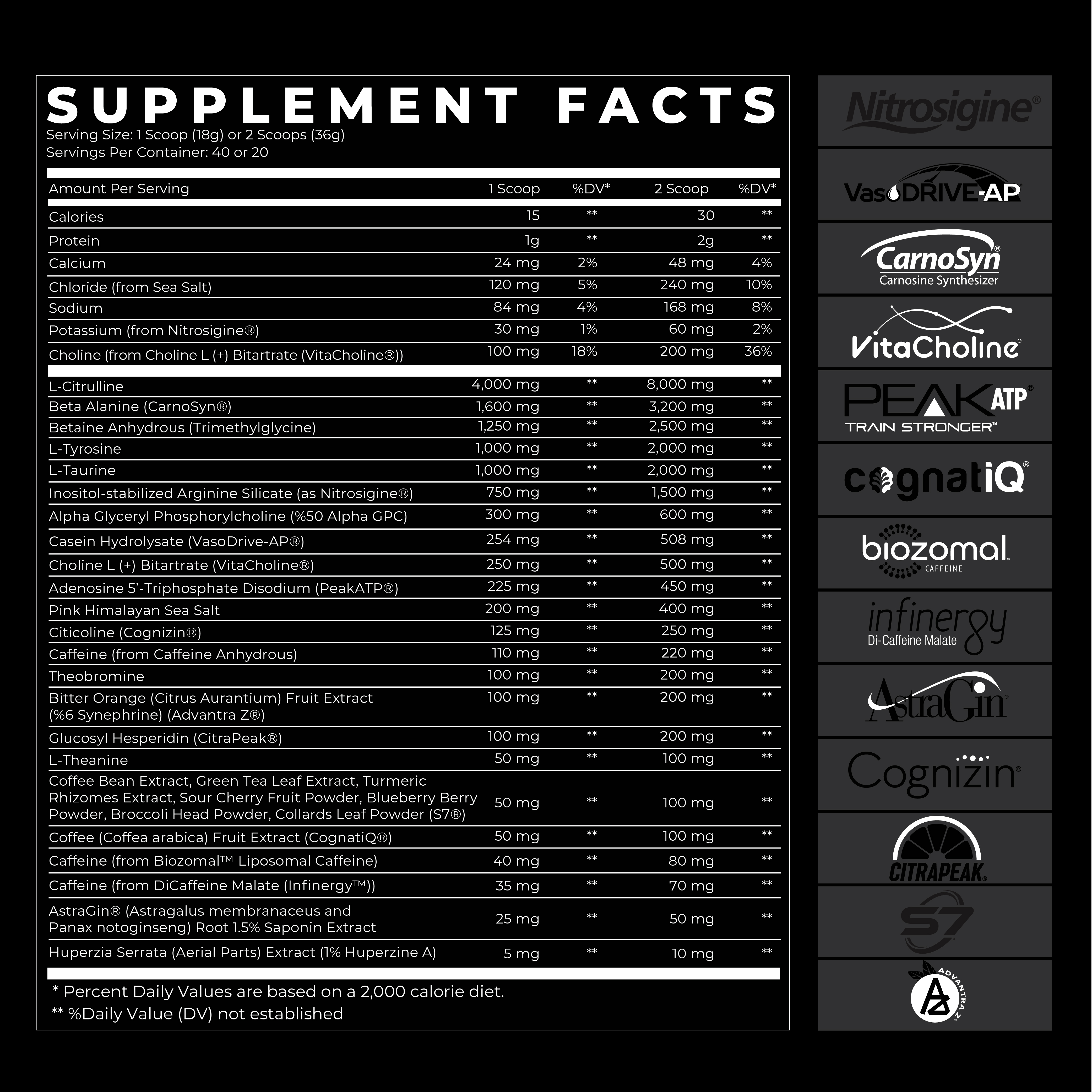
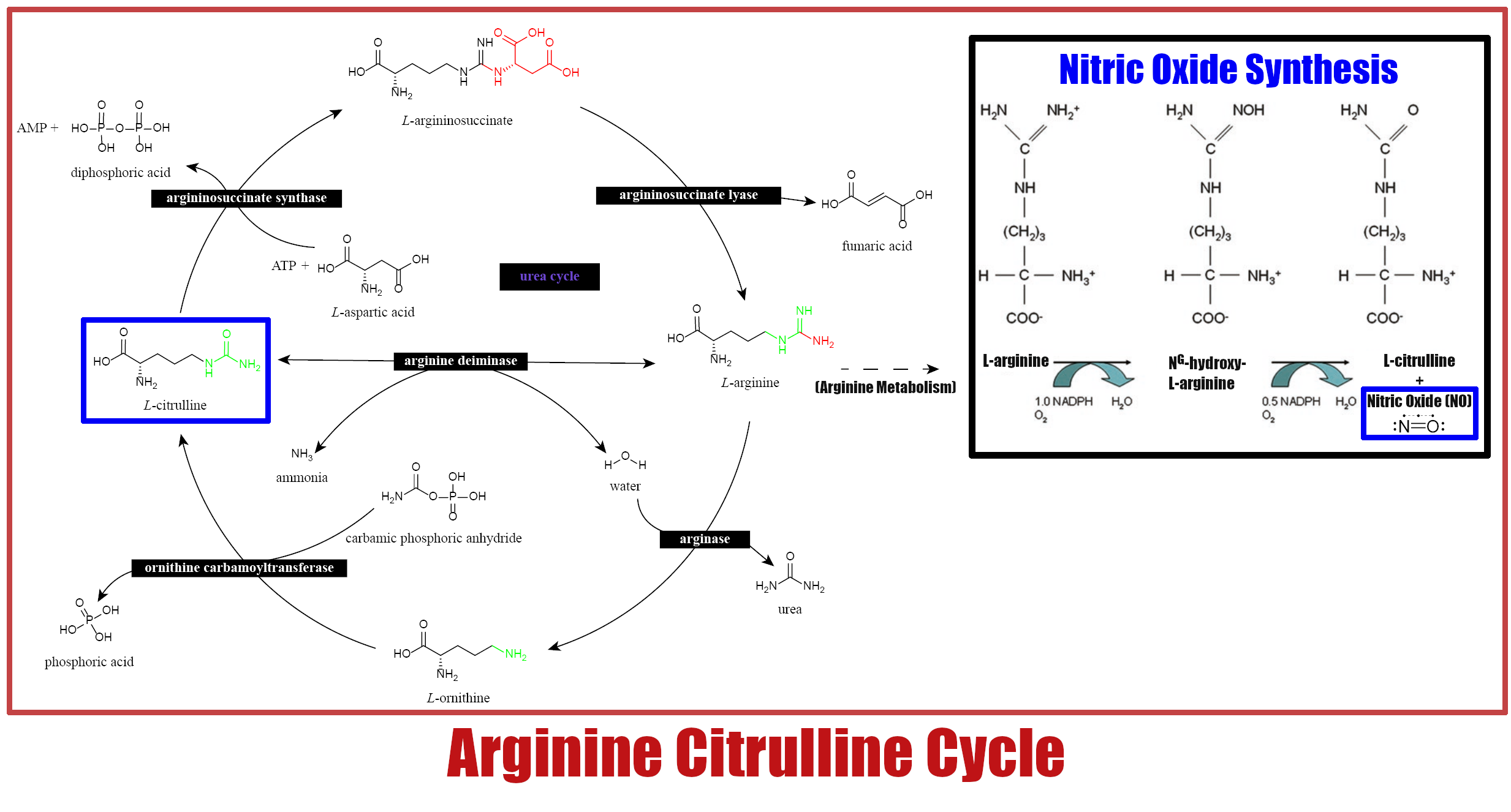

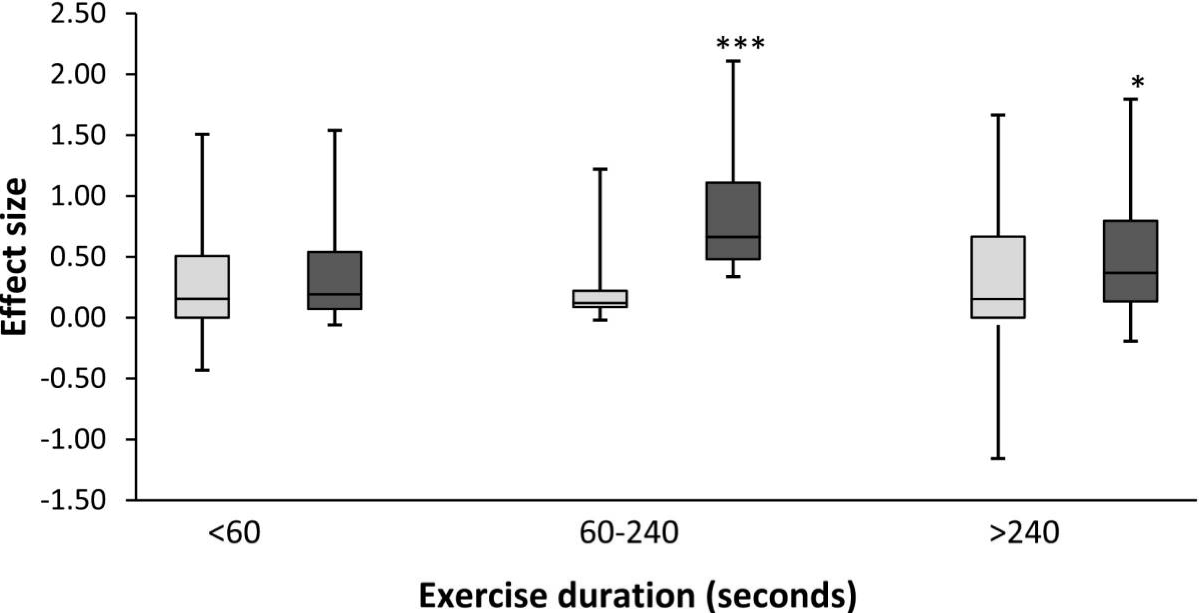


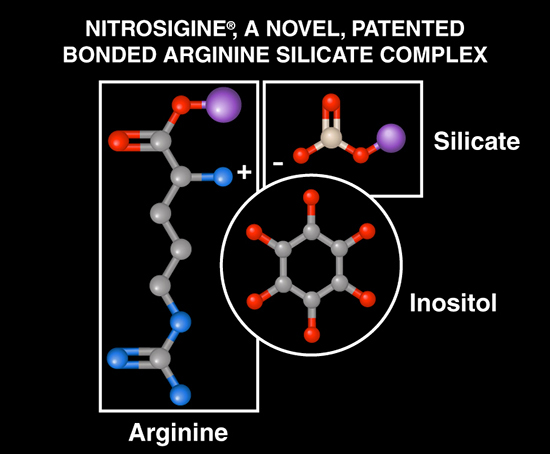

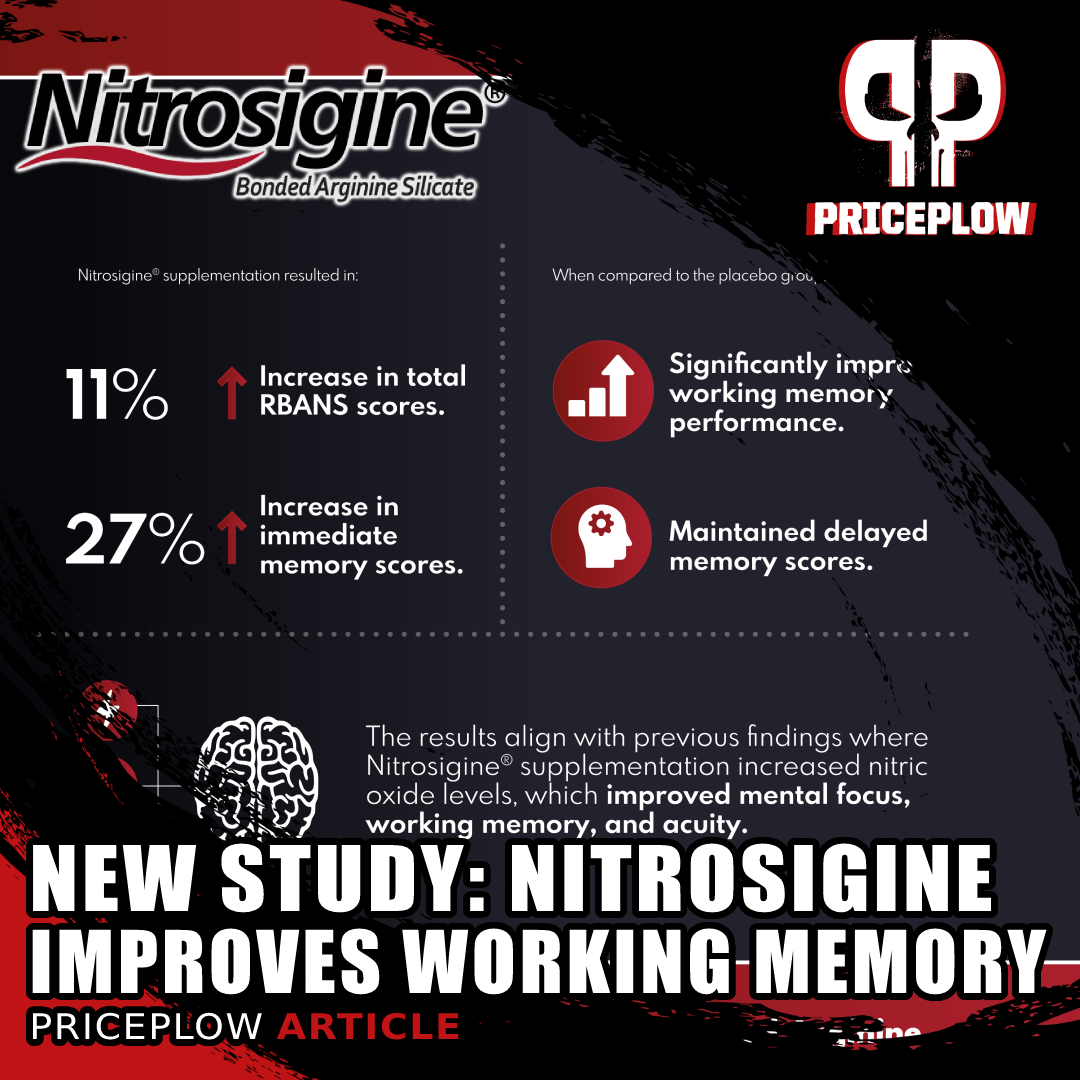
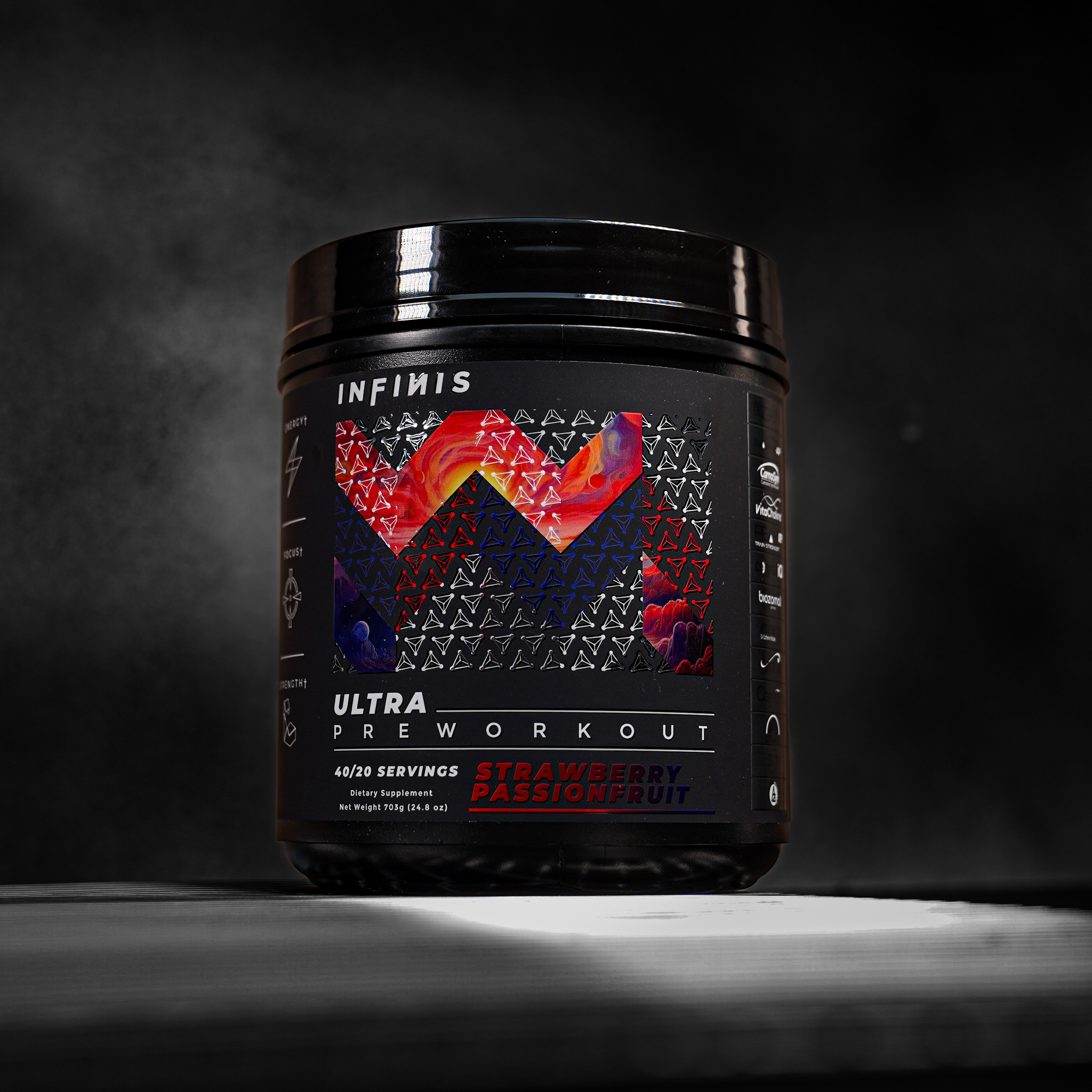
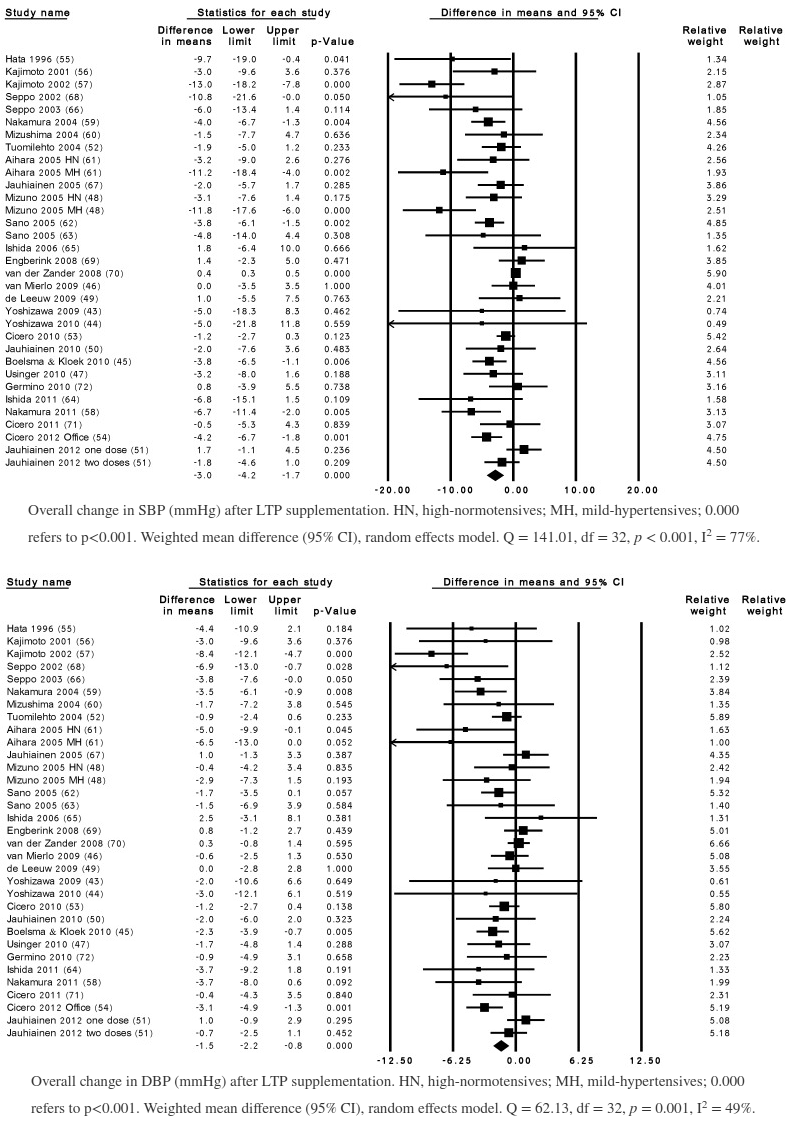
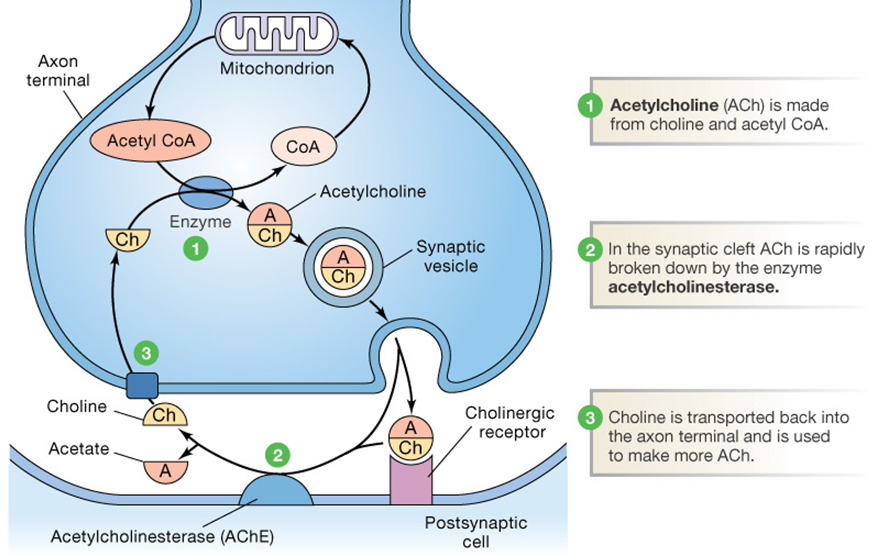
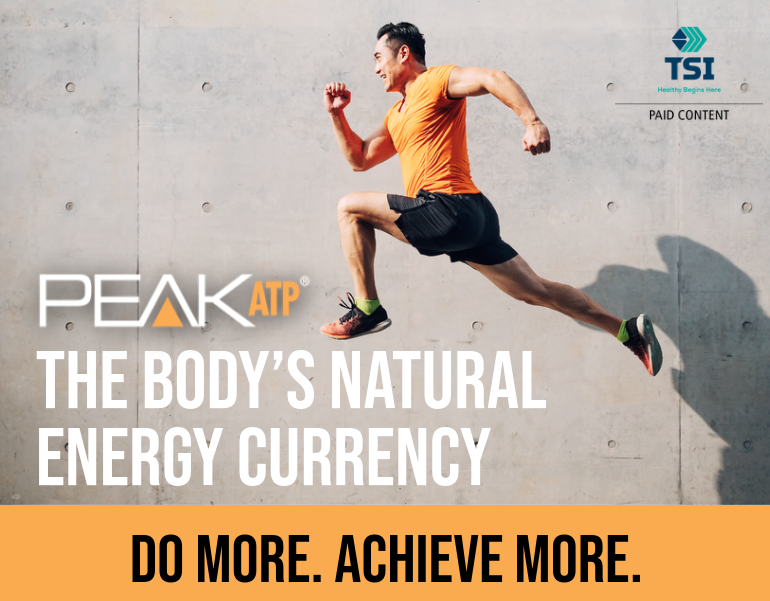
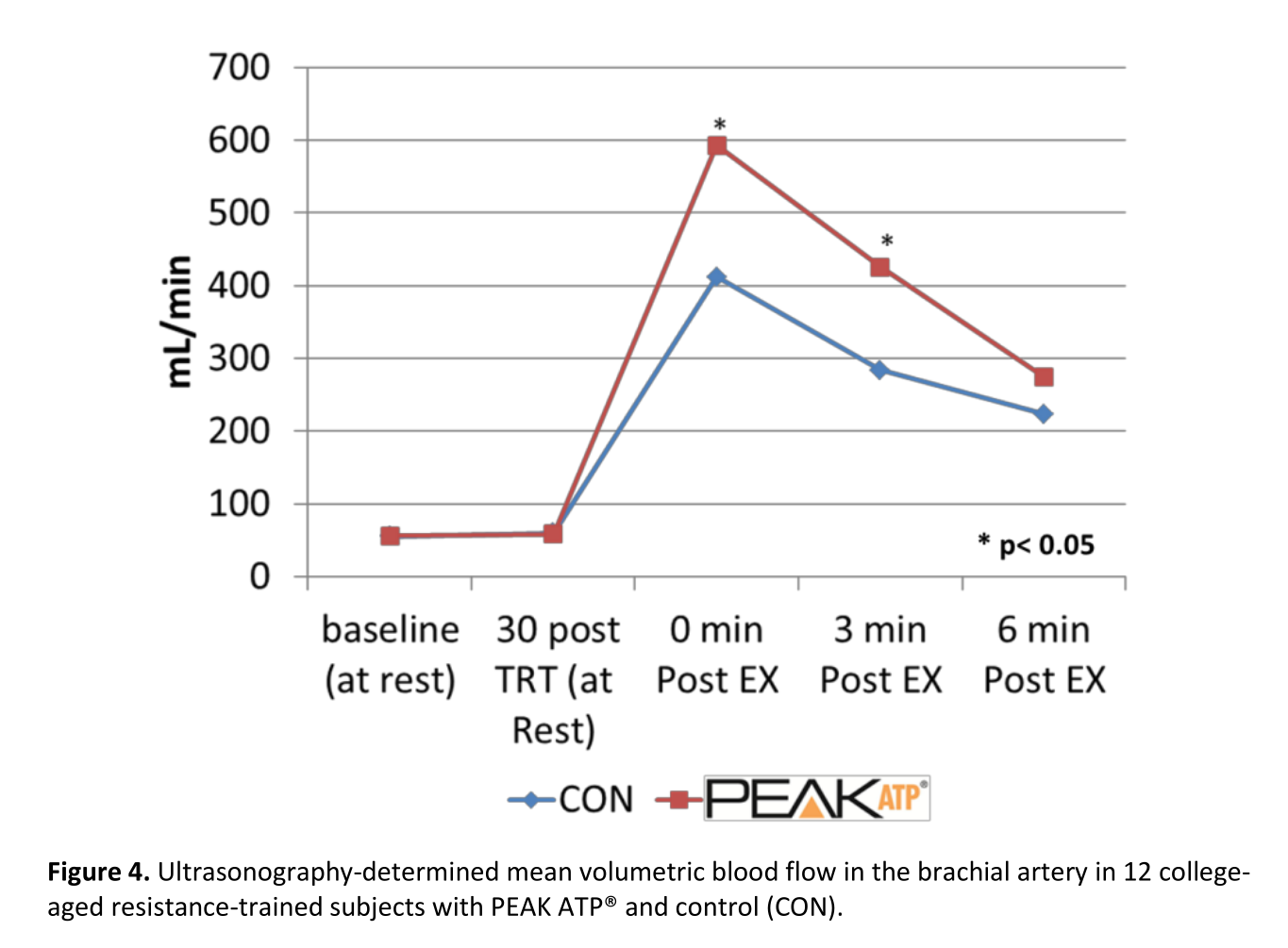
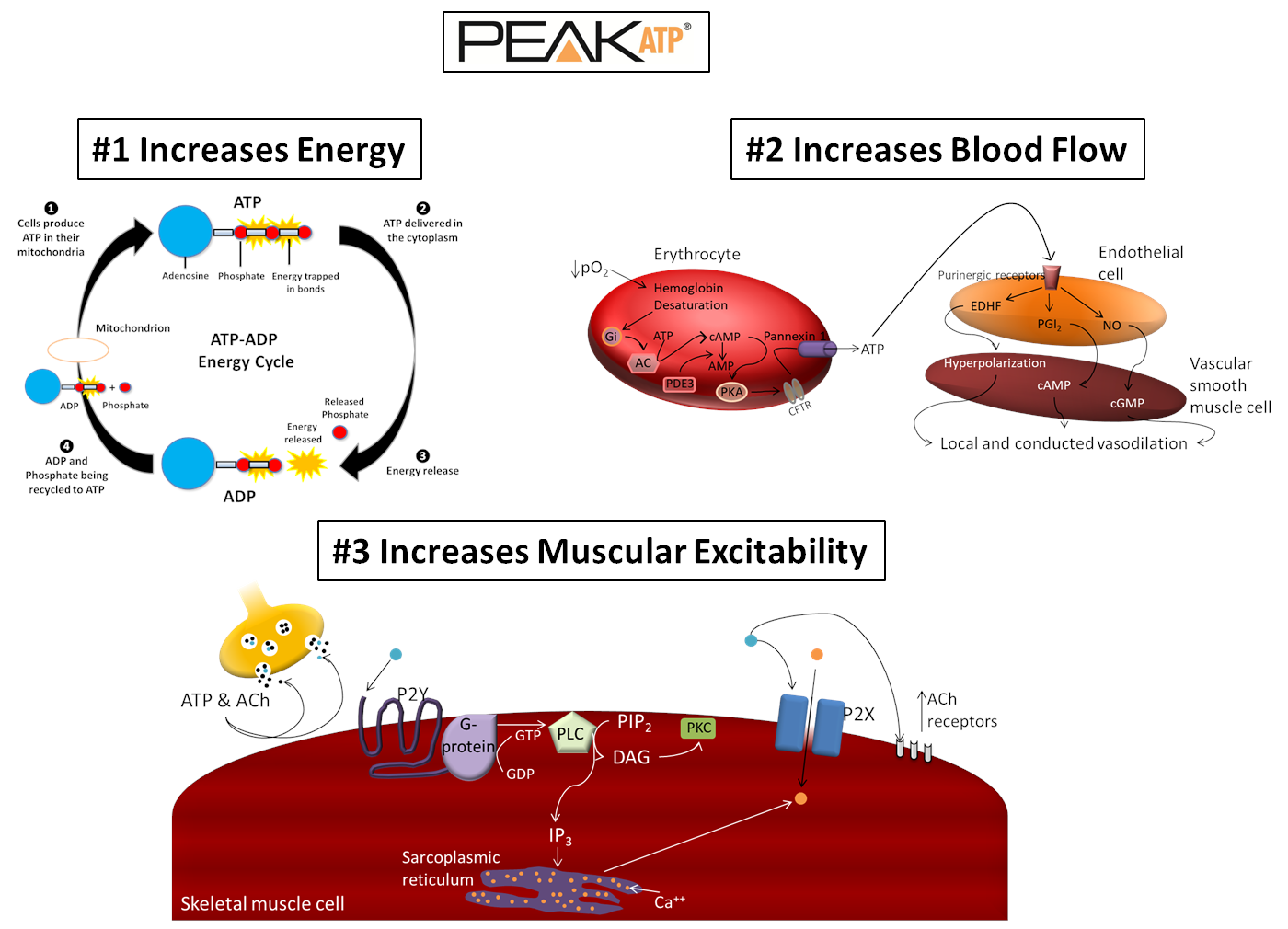
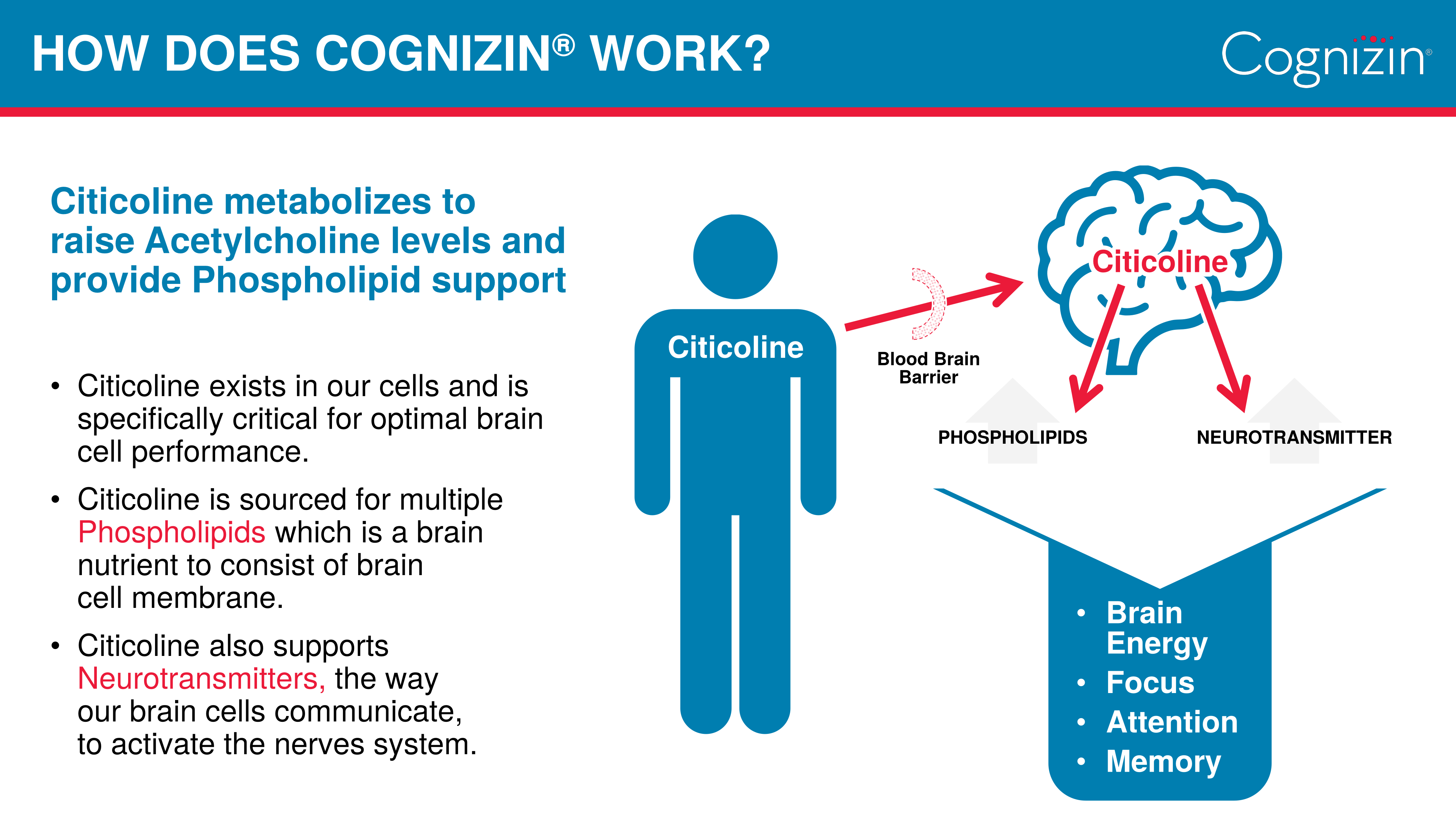
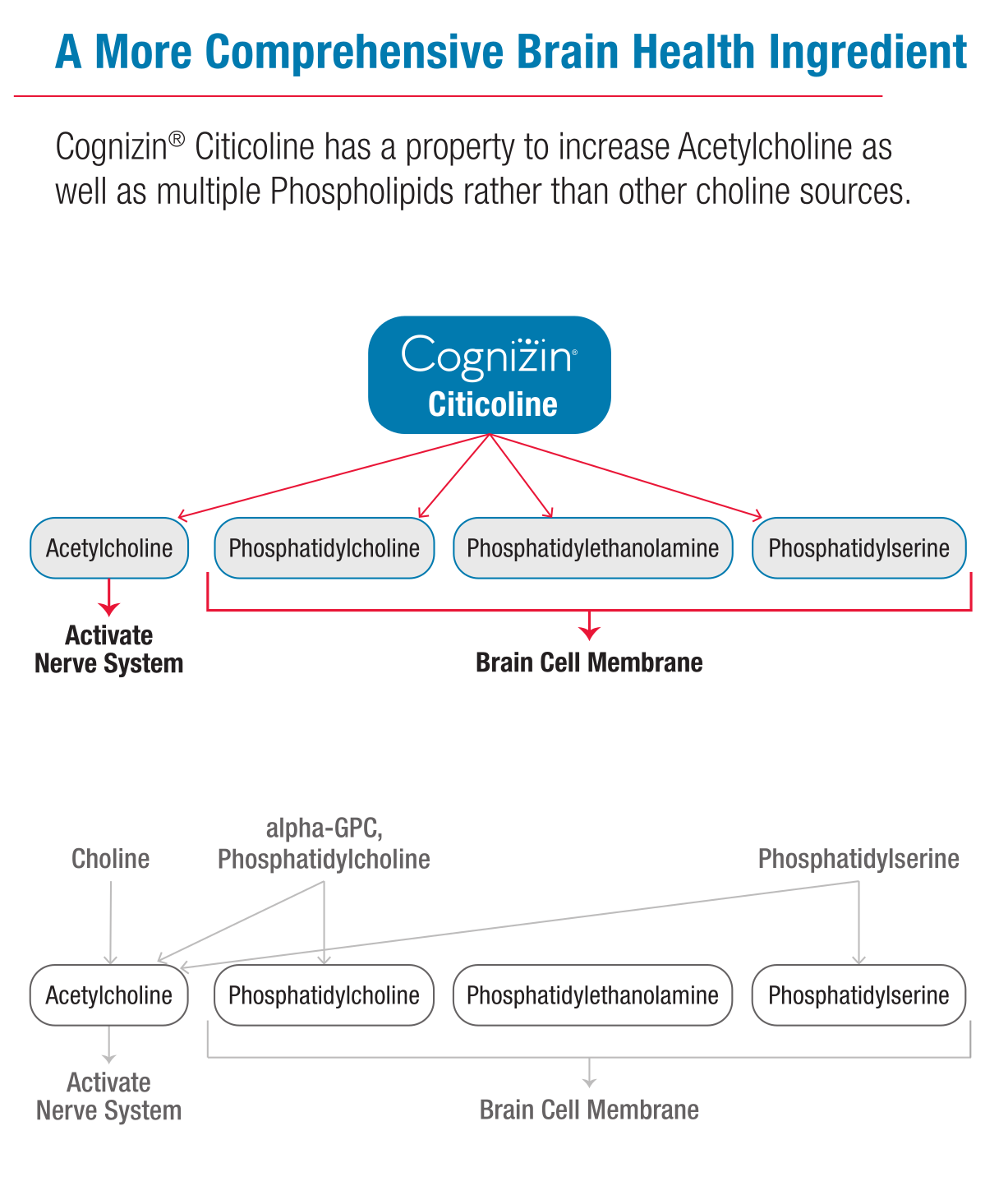
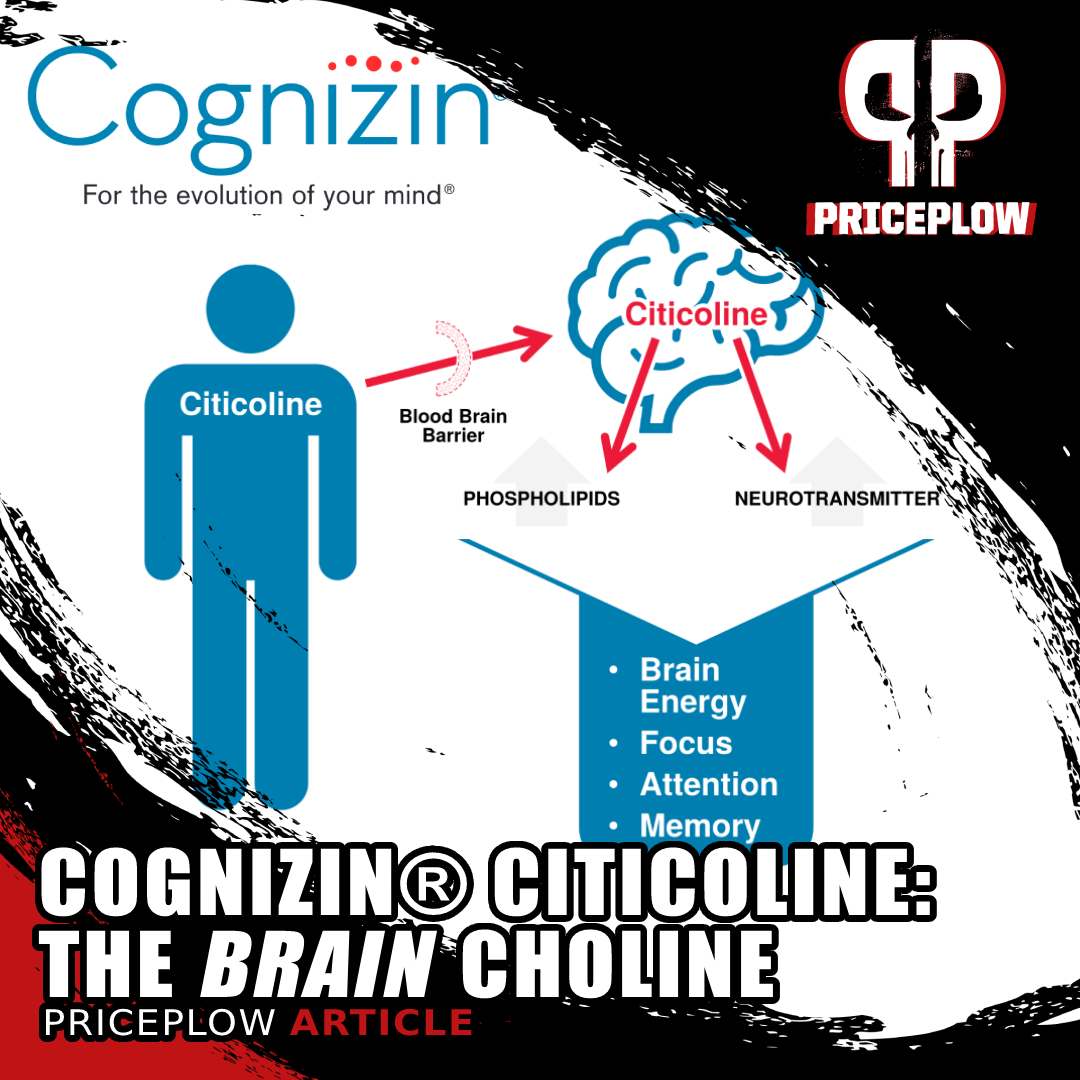
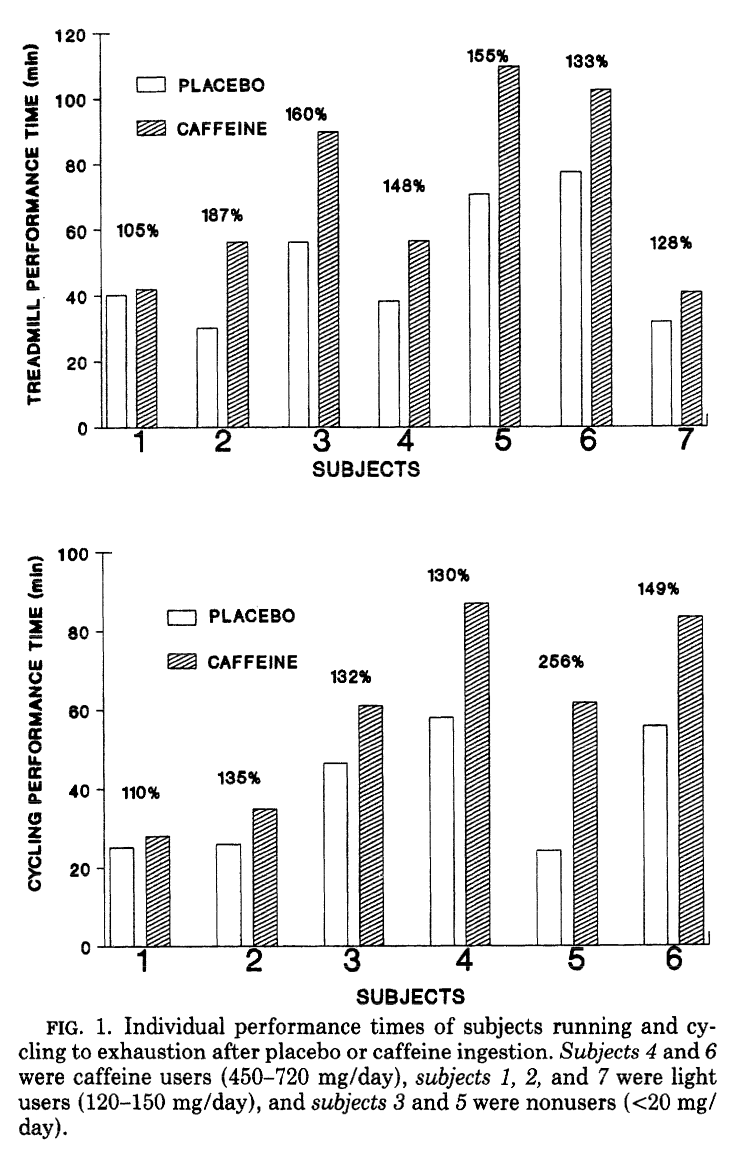
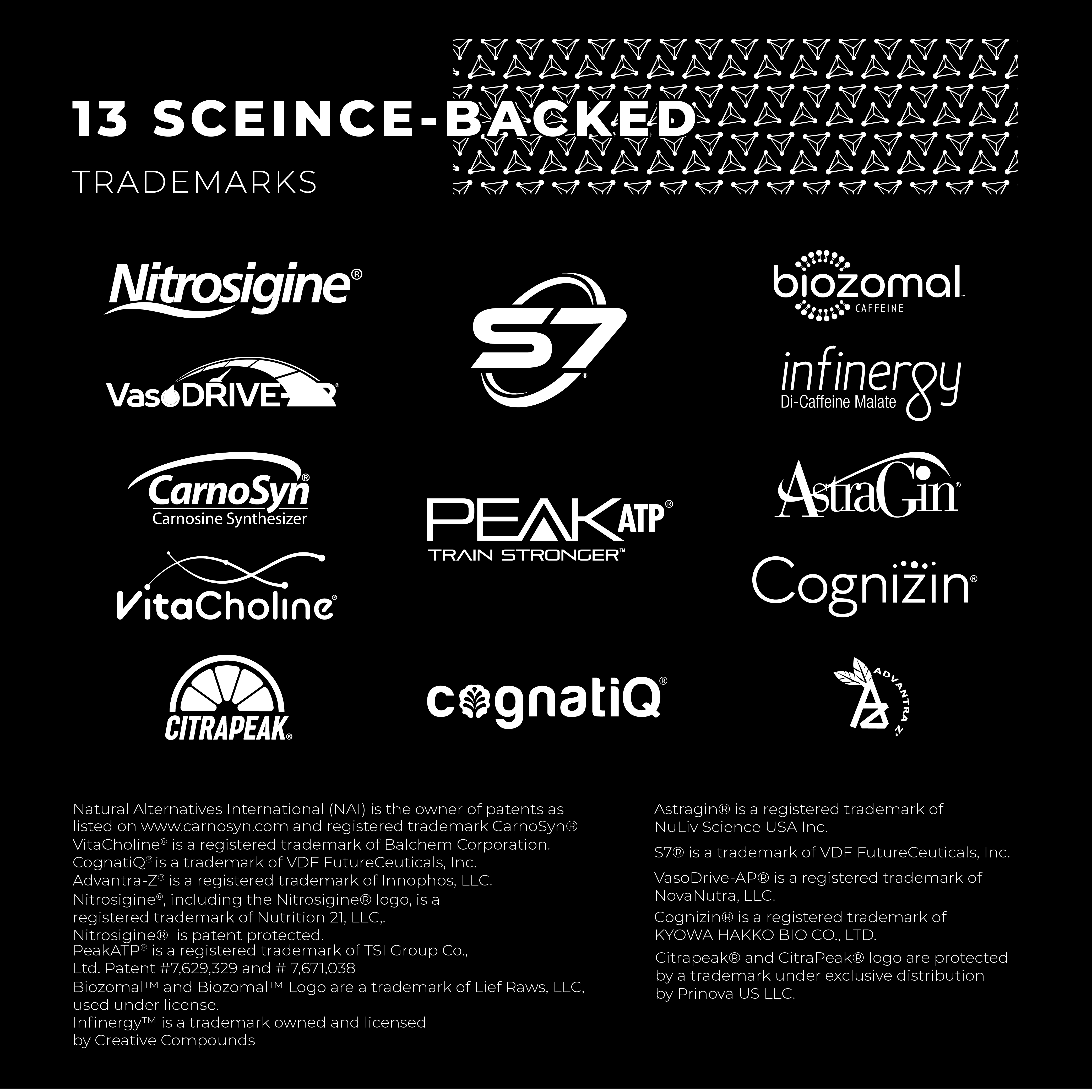

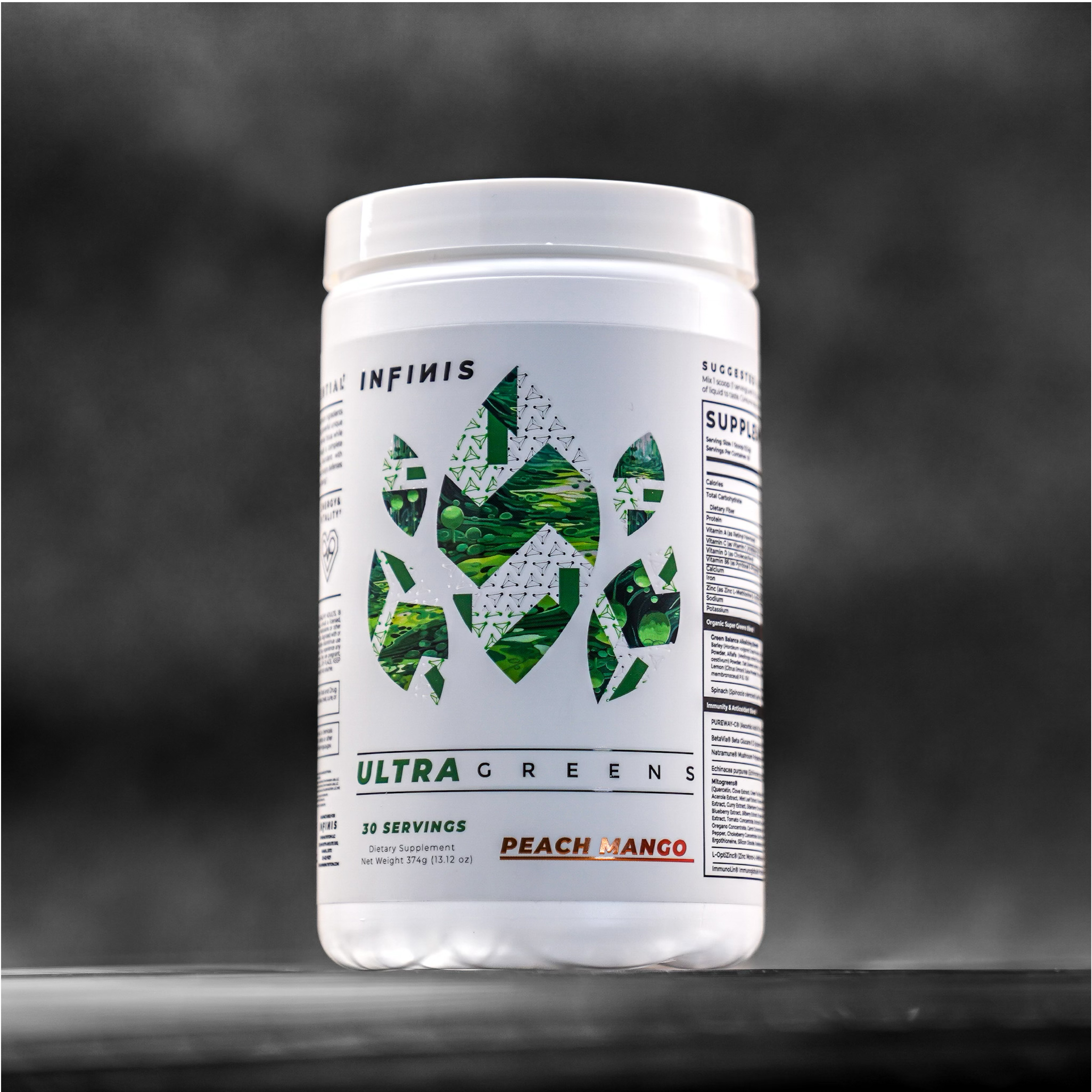
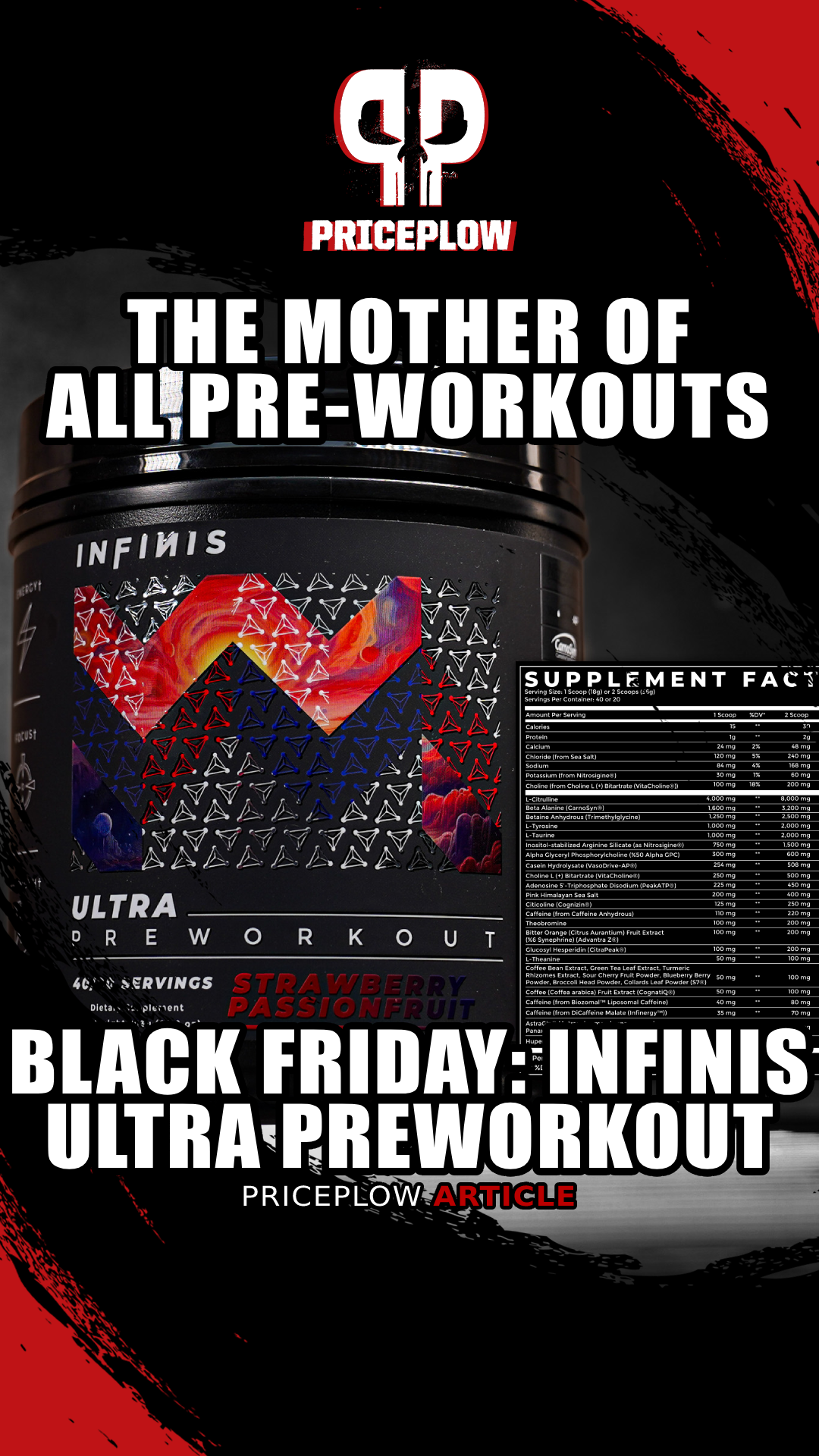
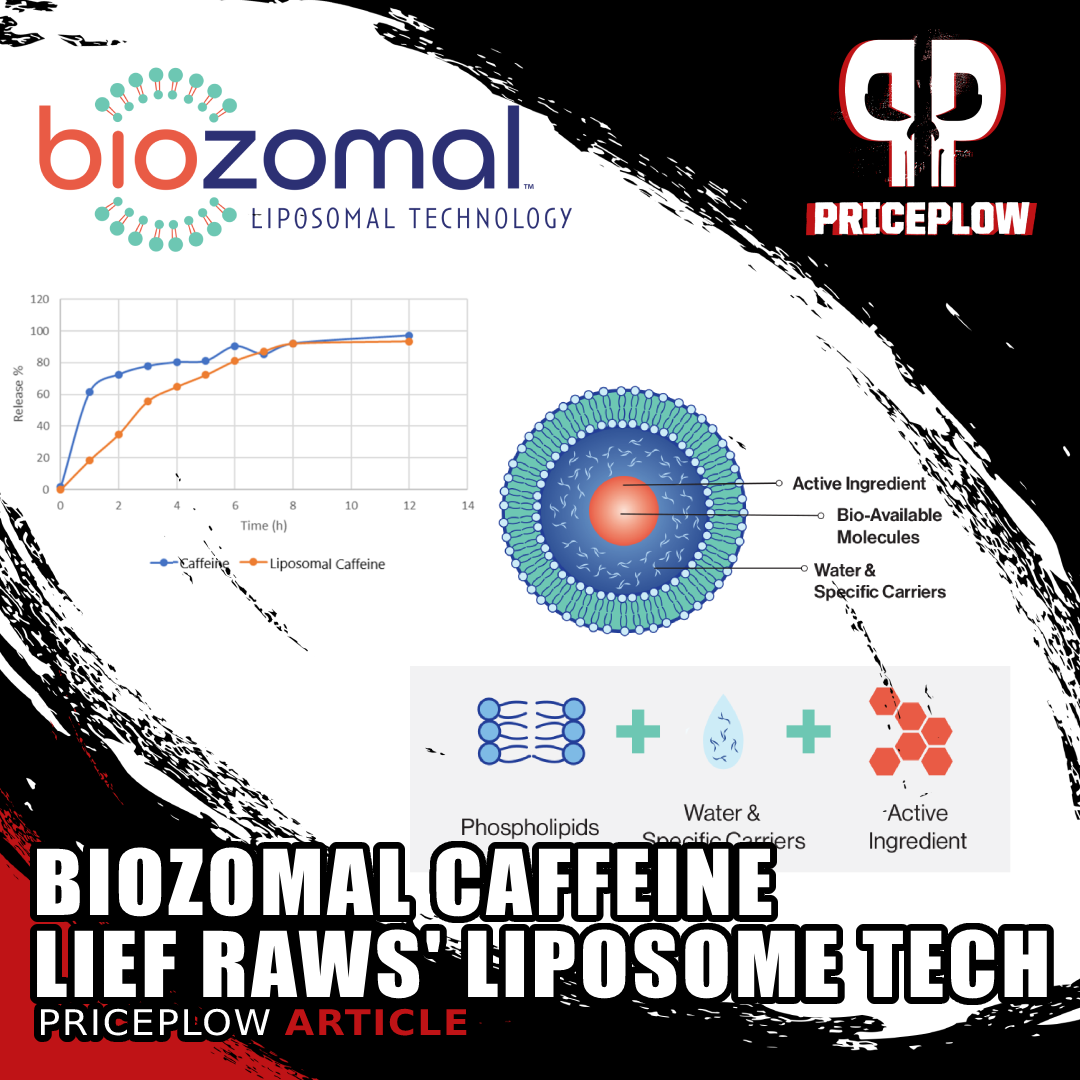
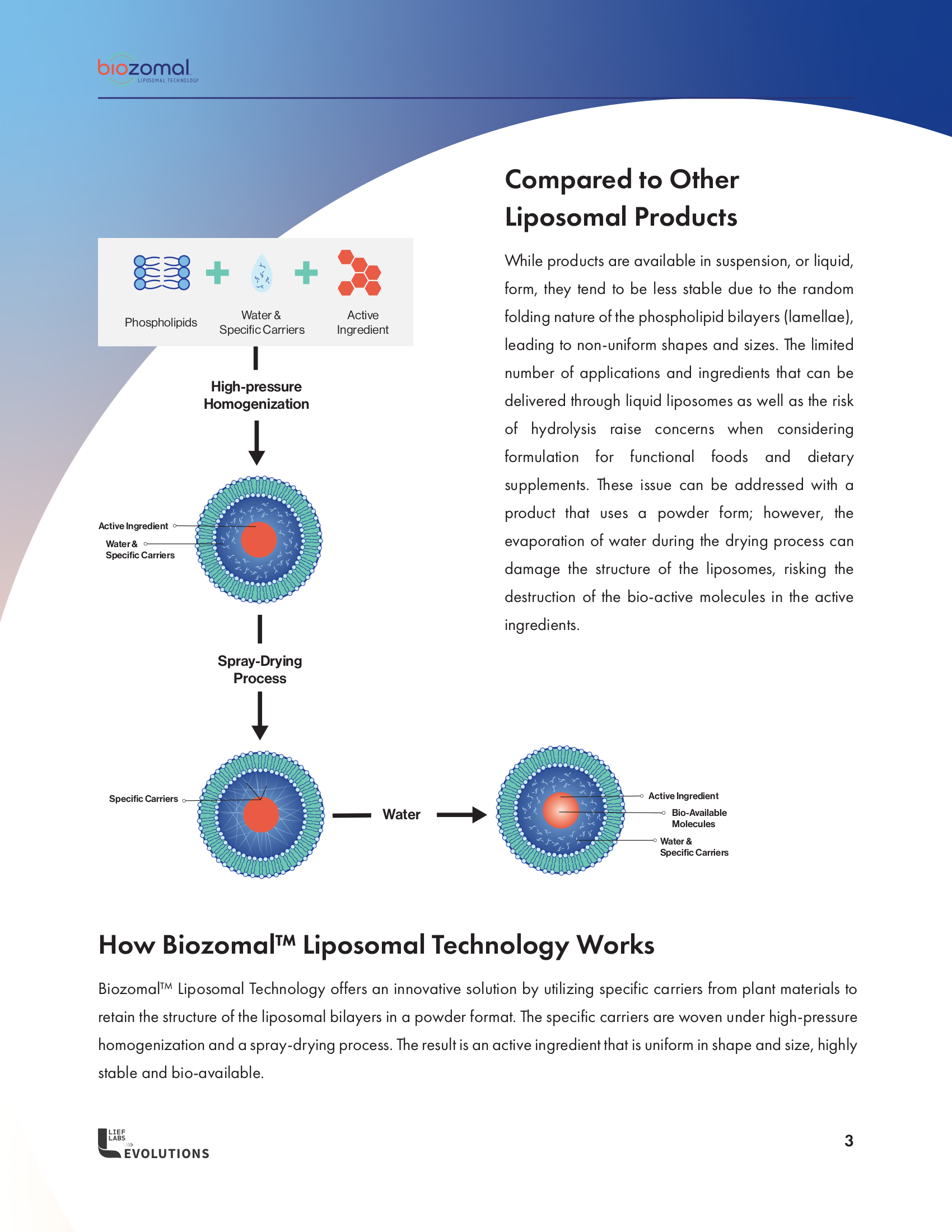
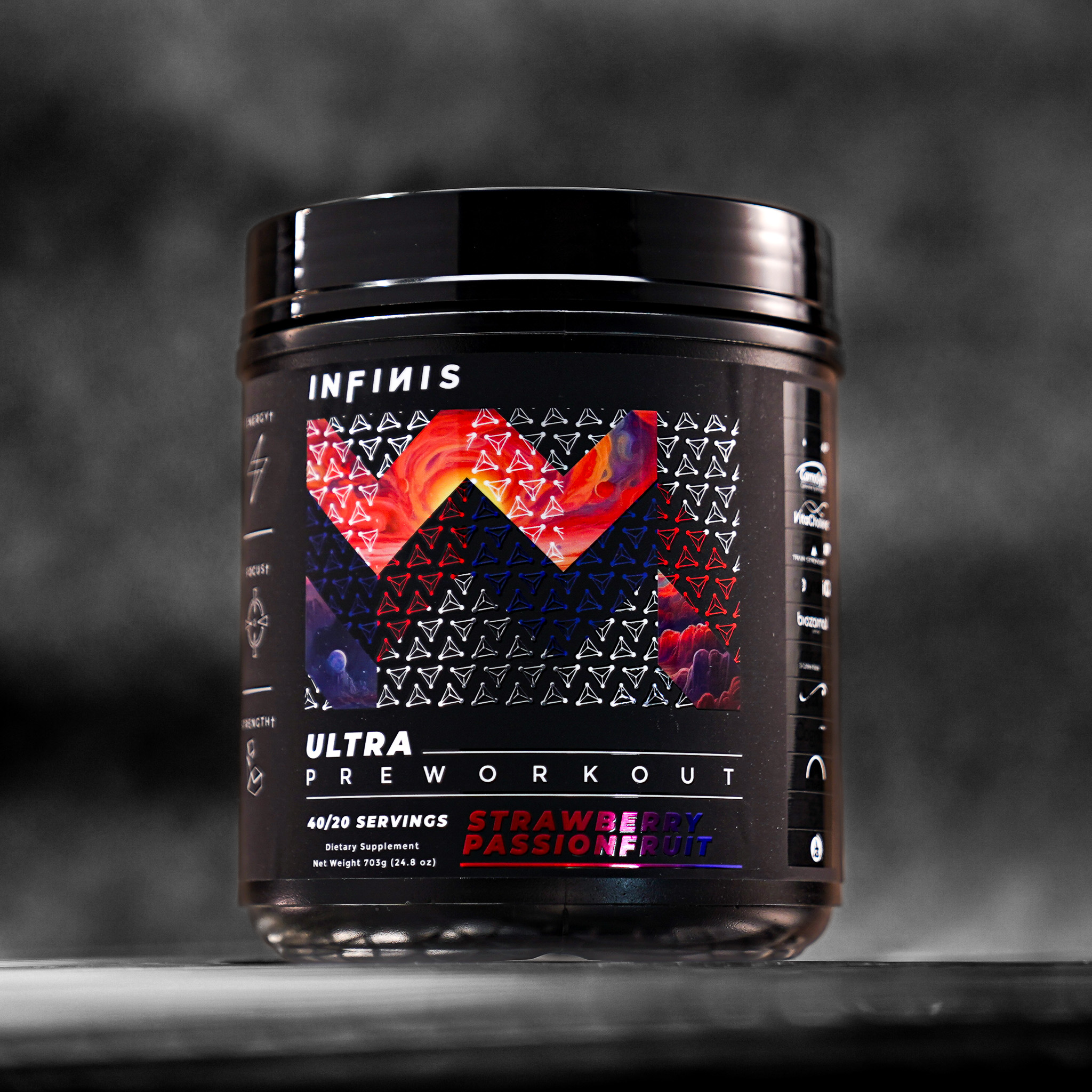
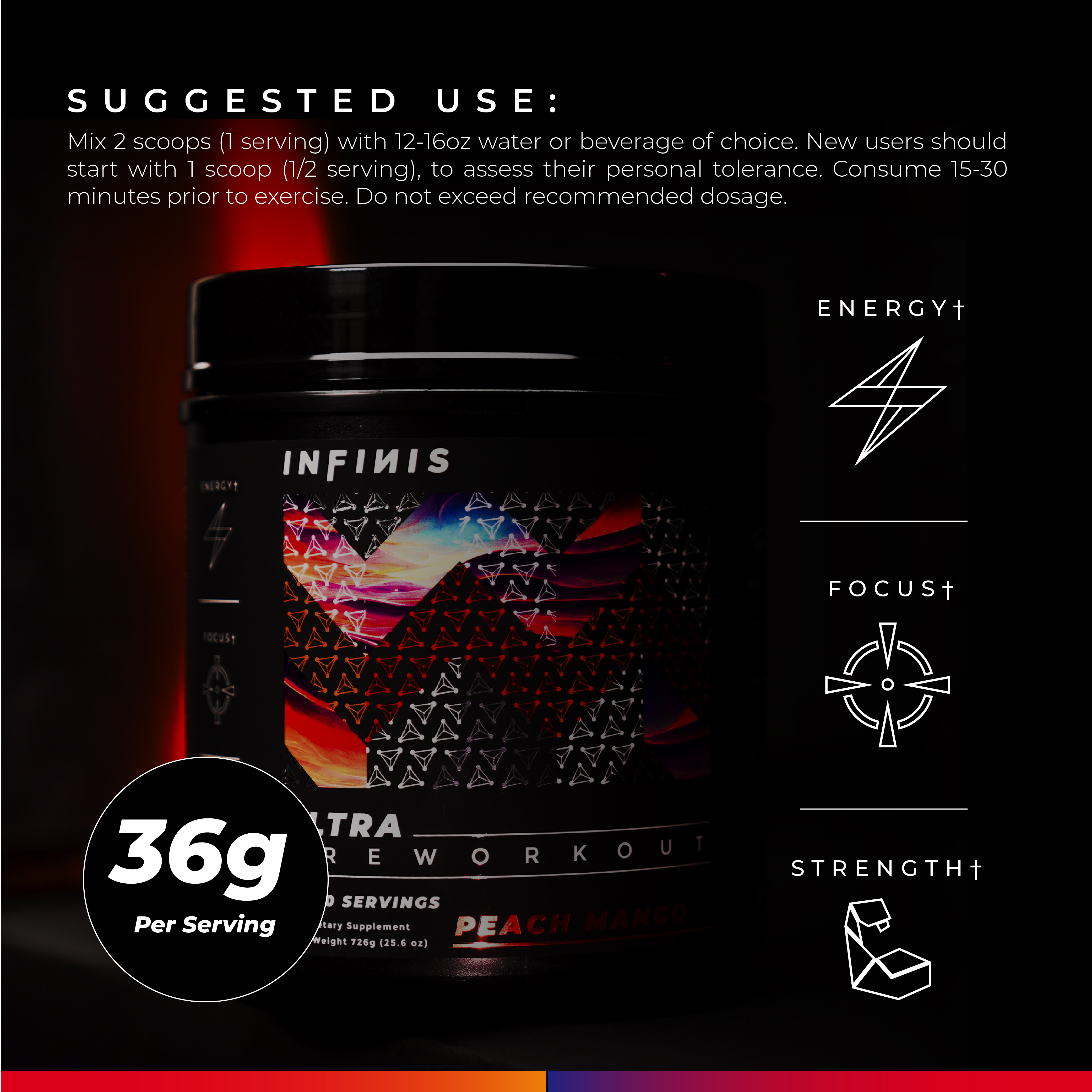




Comments and Discussion (Powered by the PricePlow Forum)